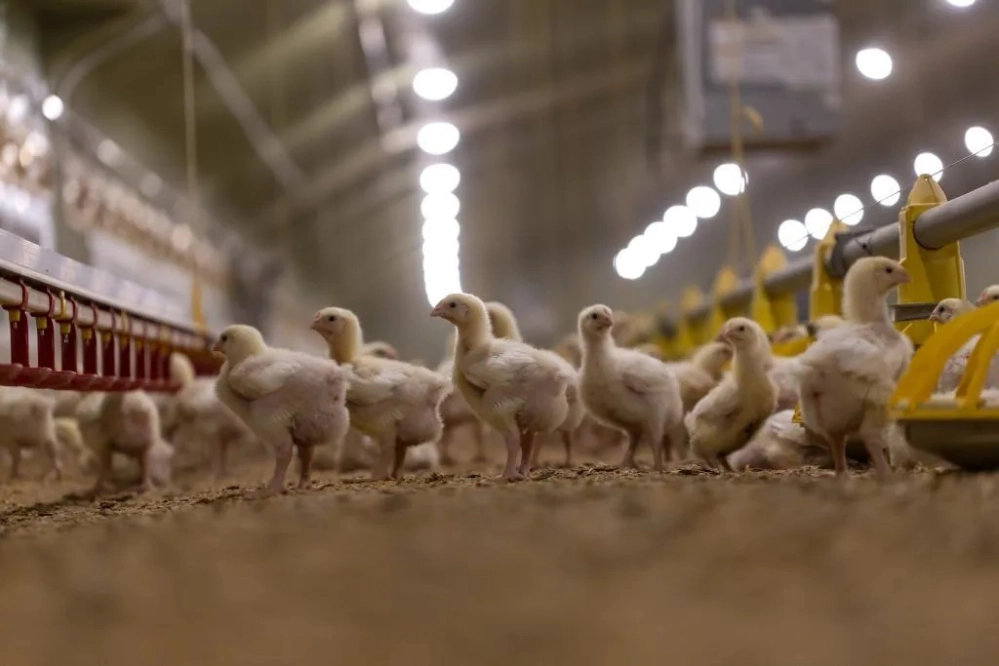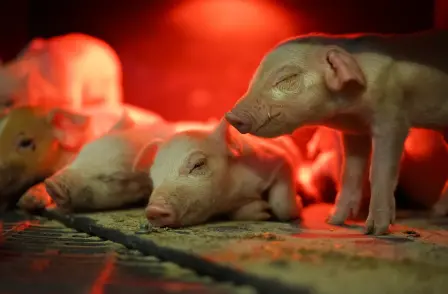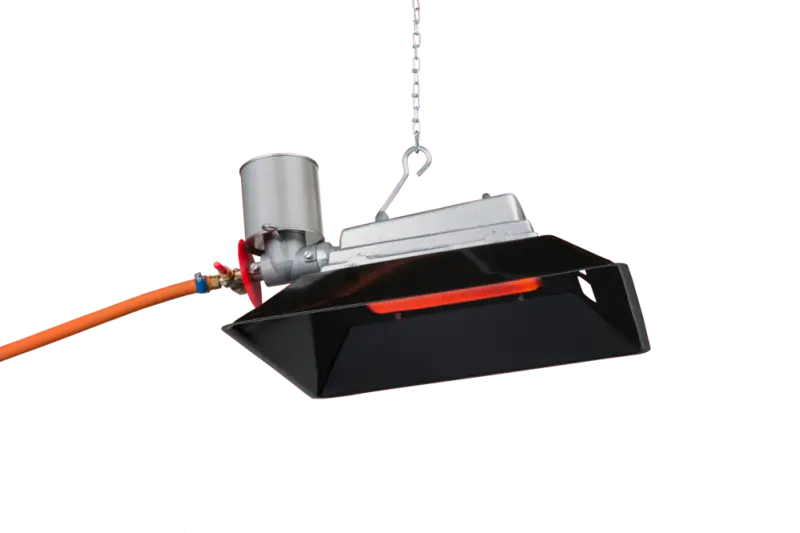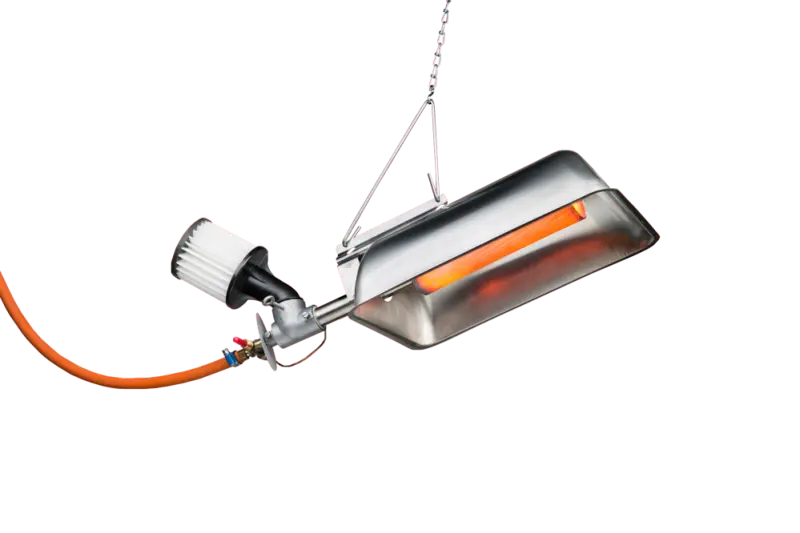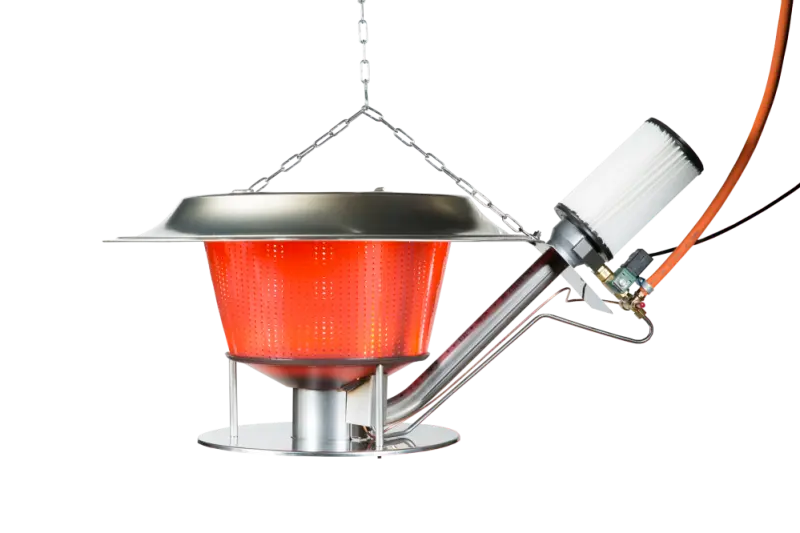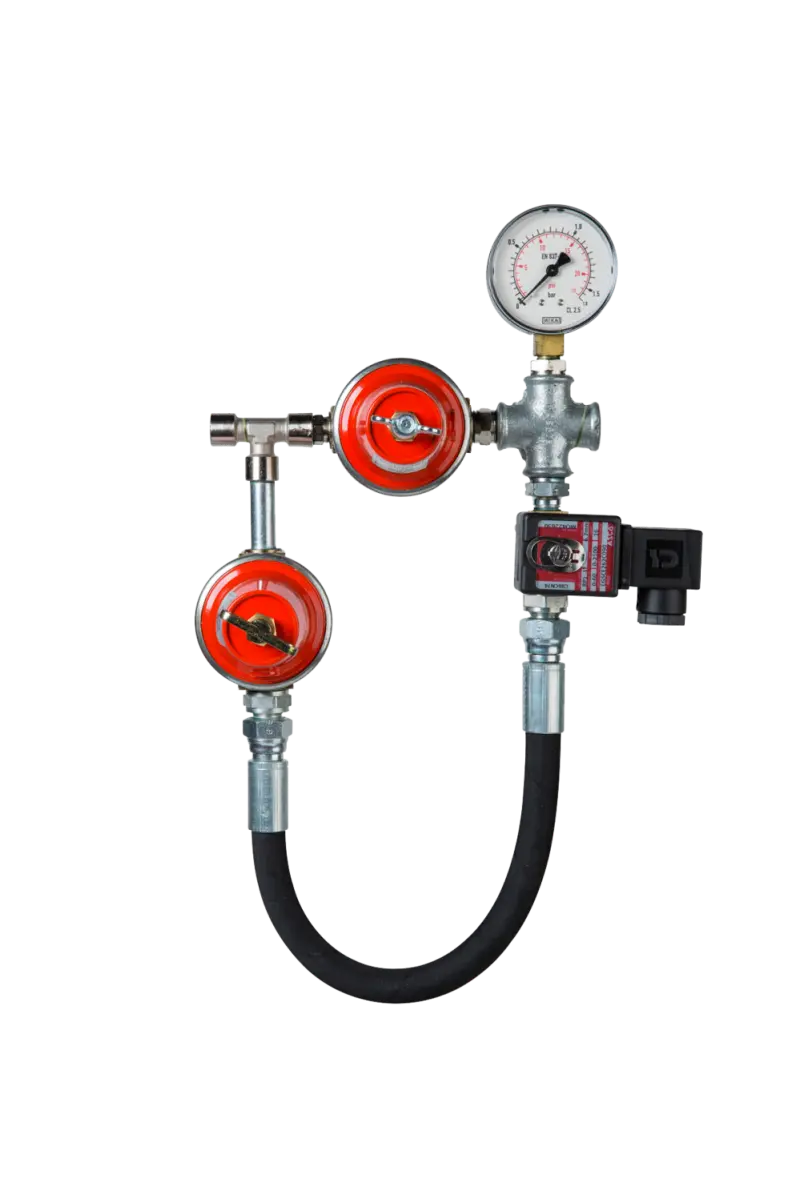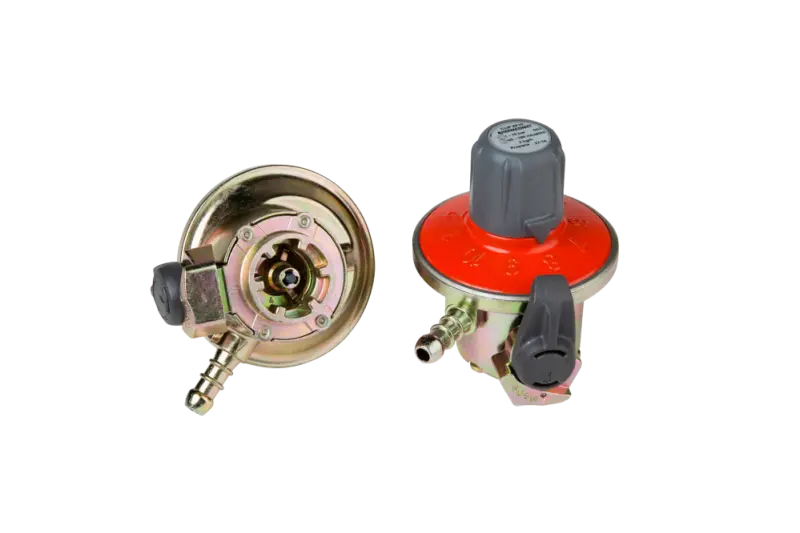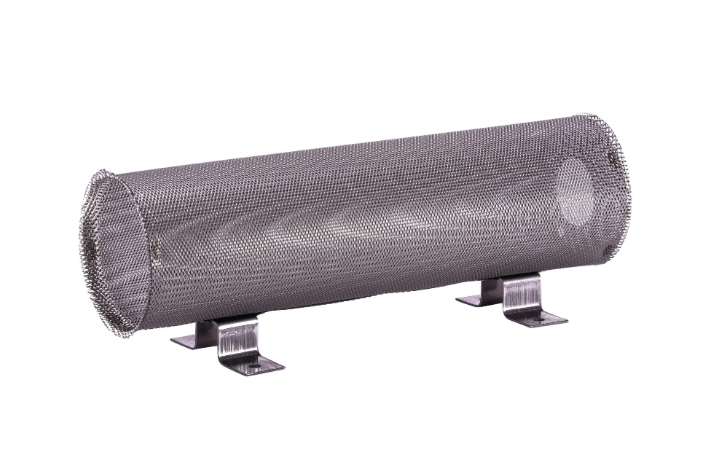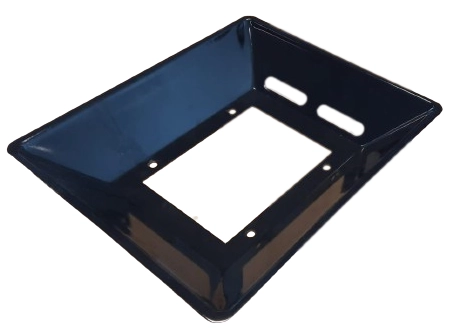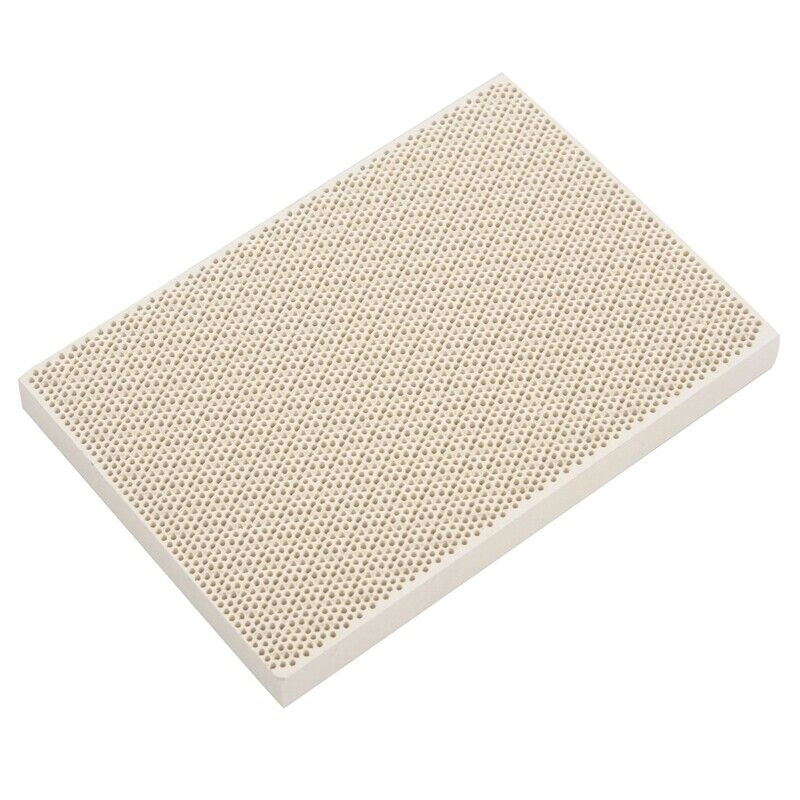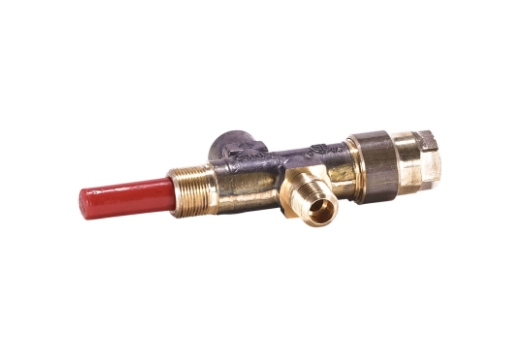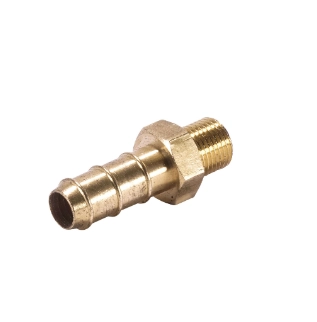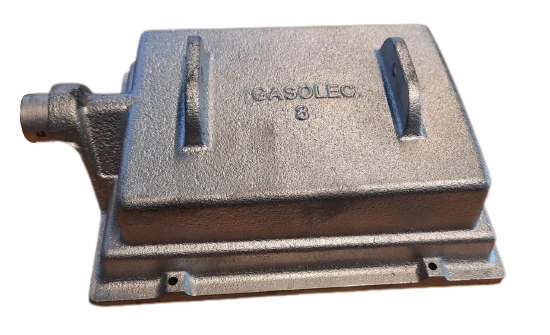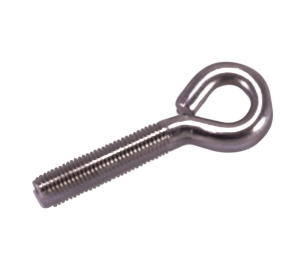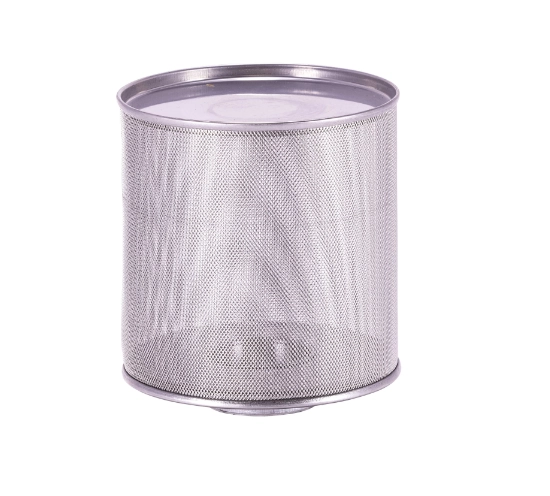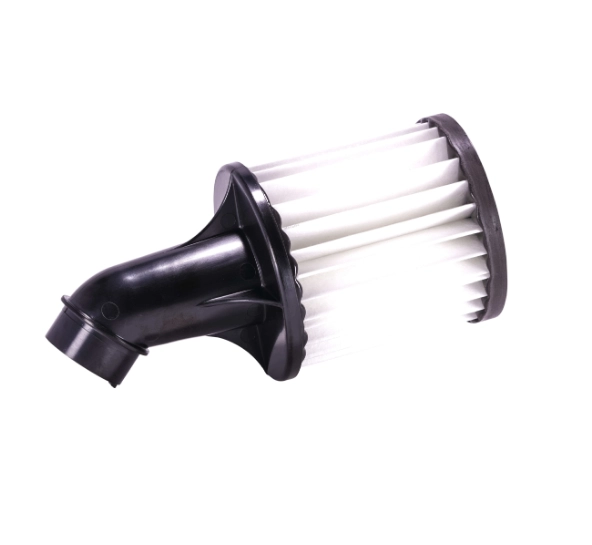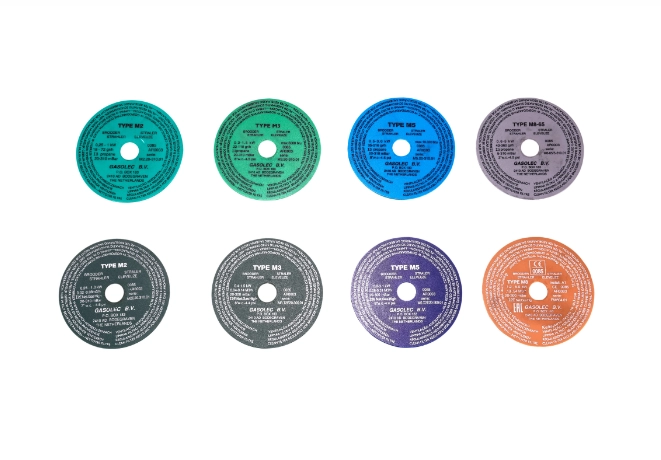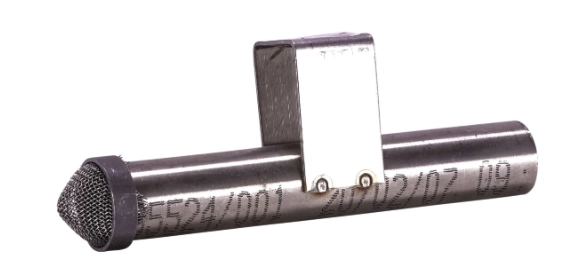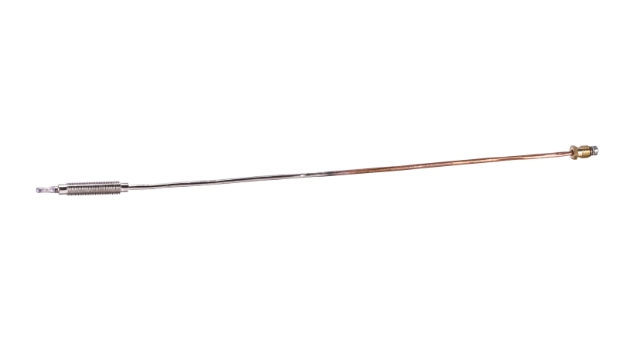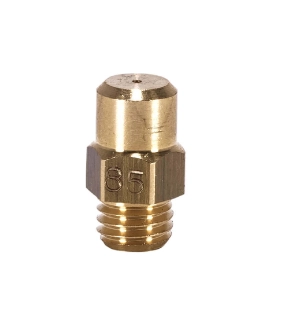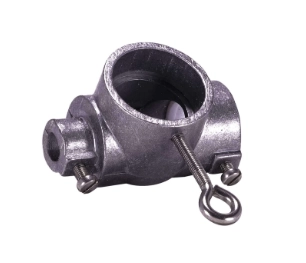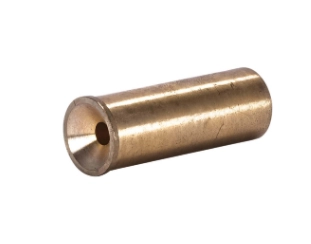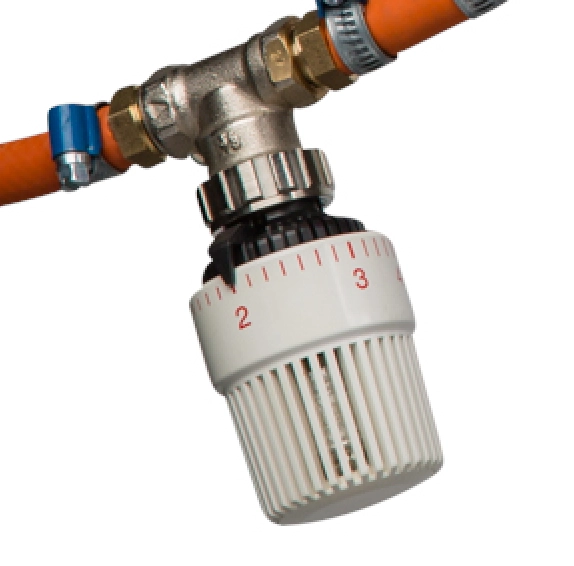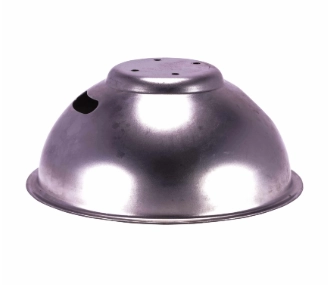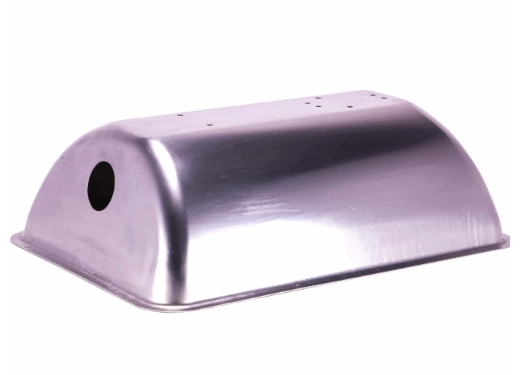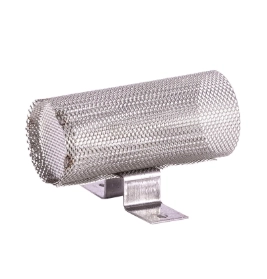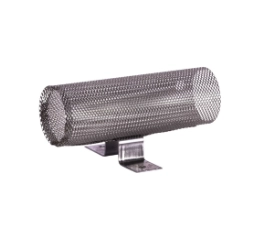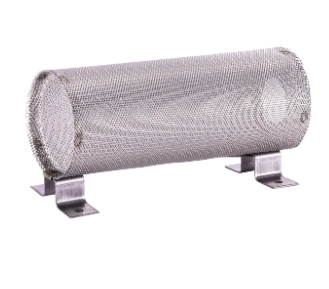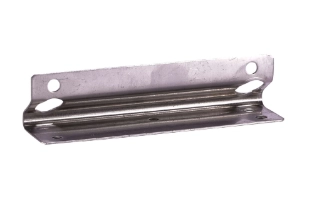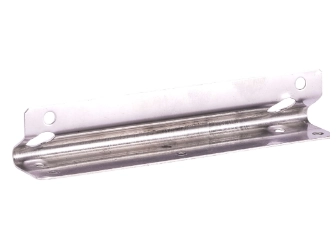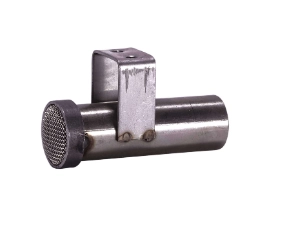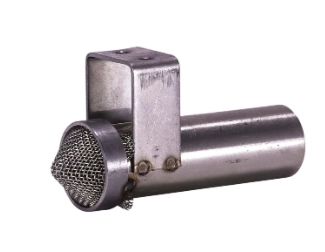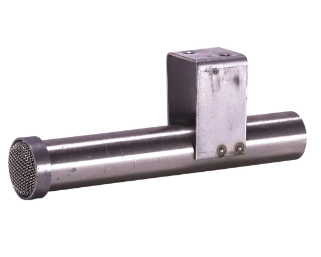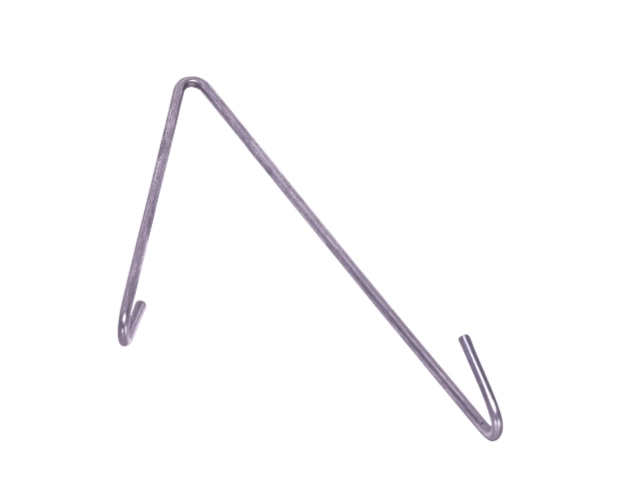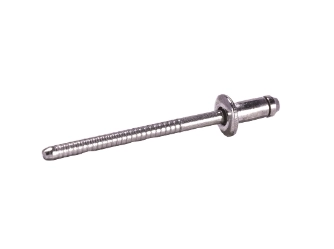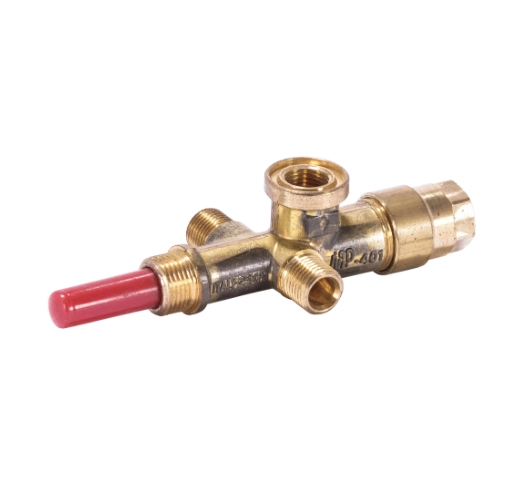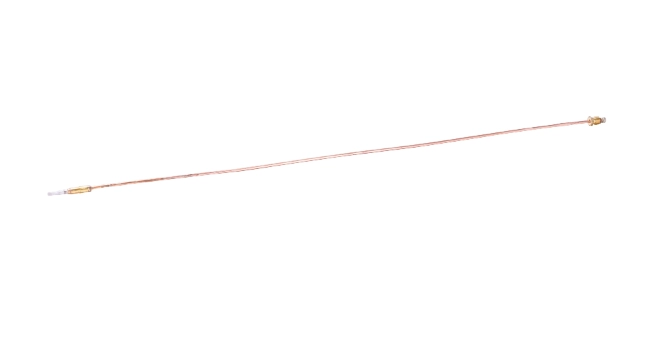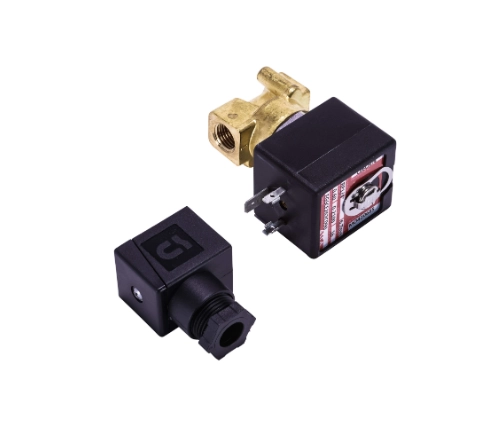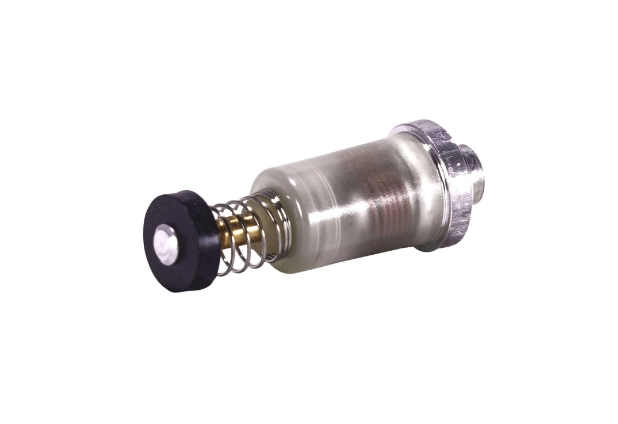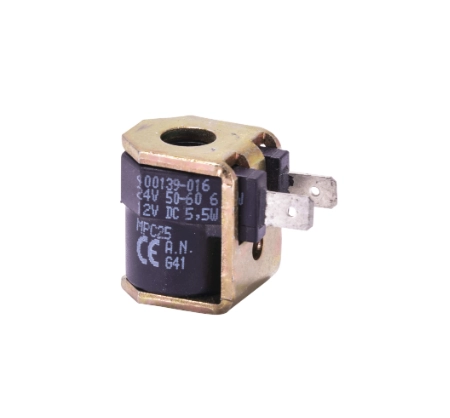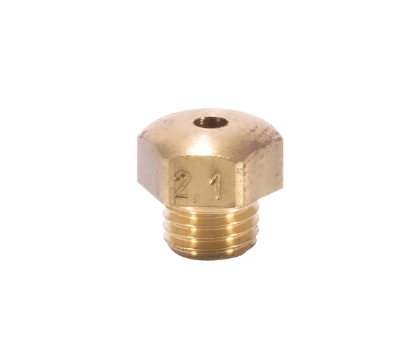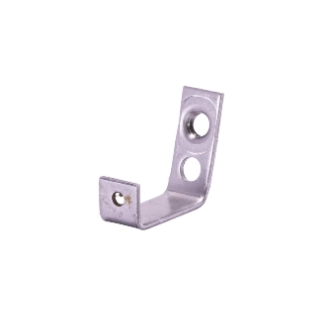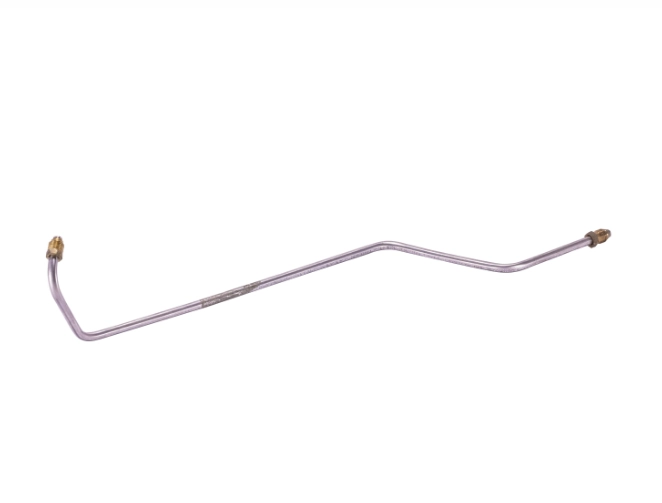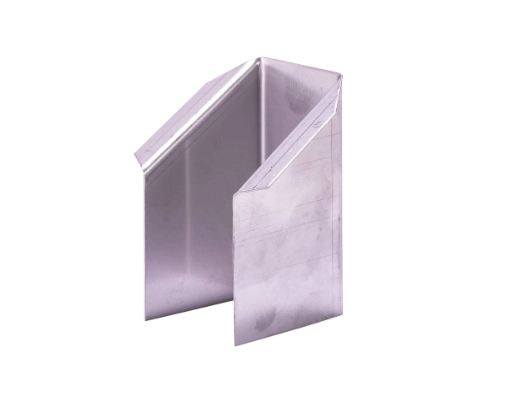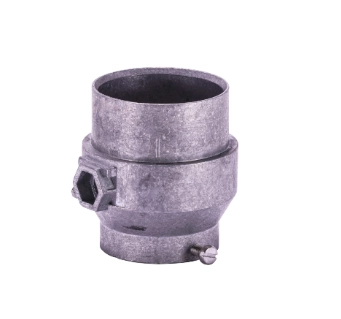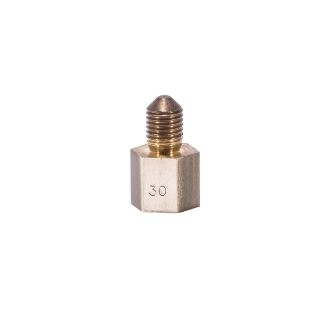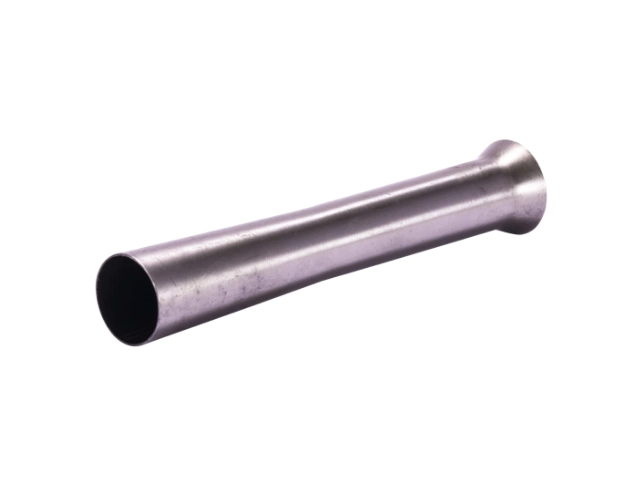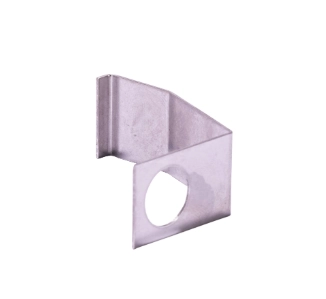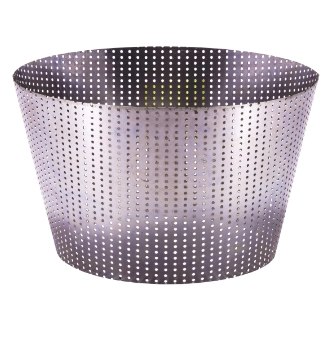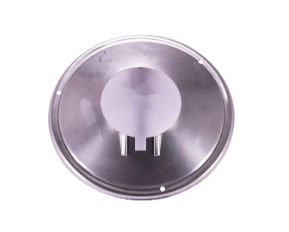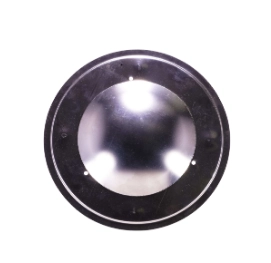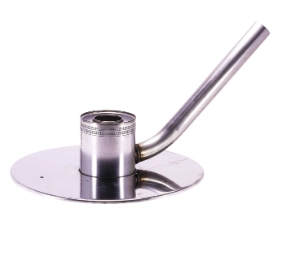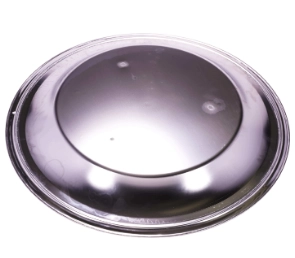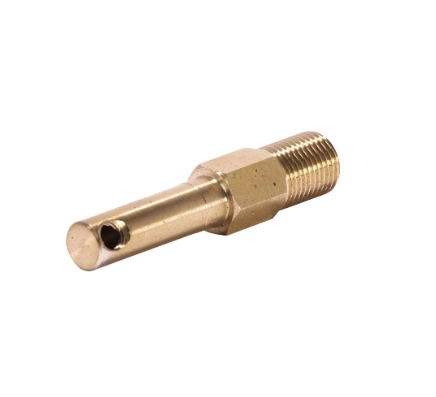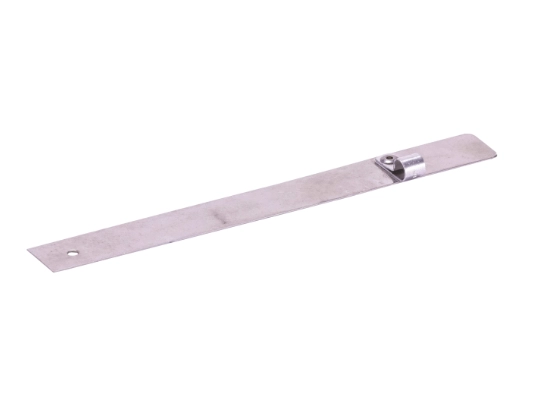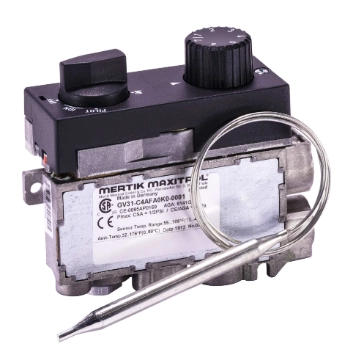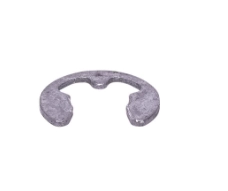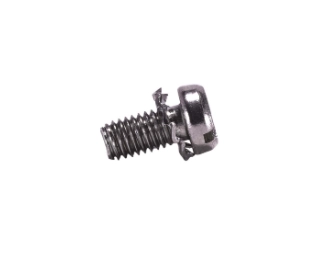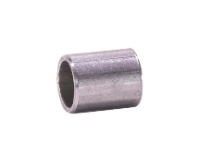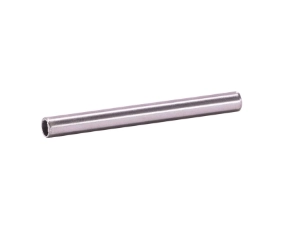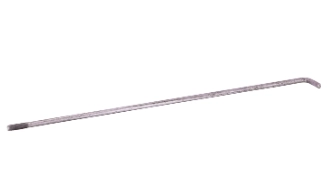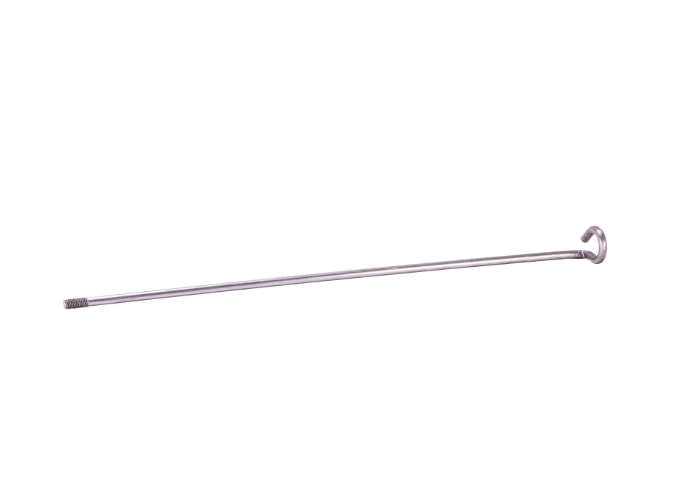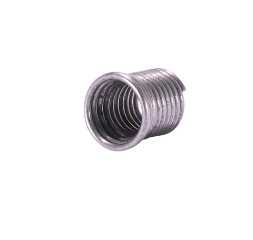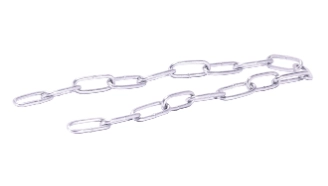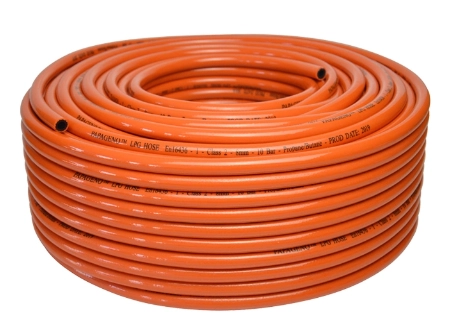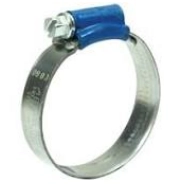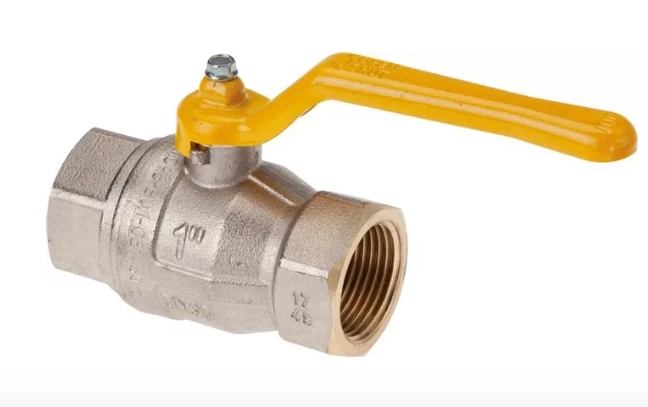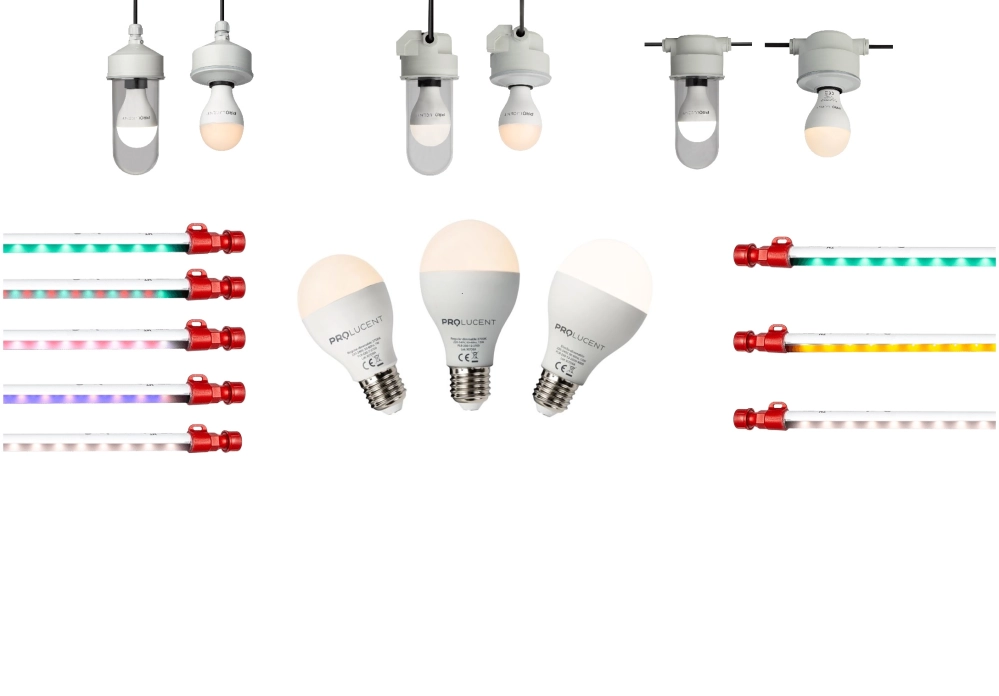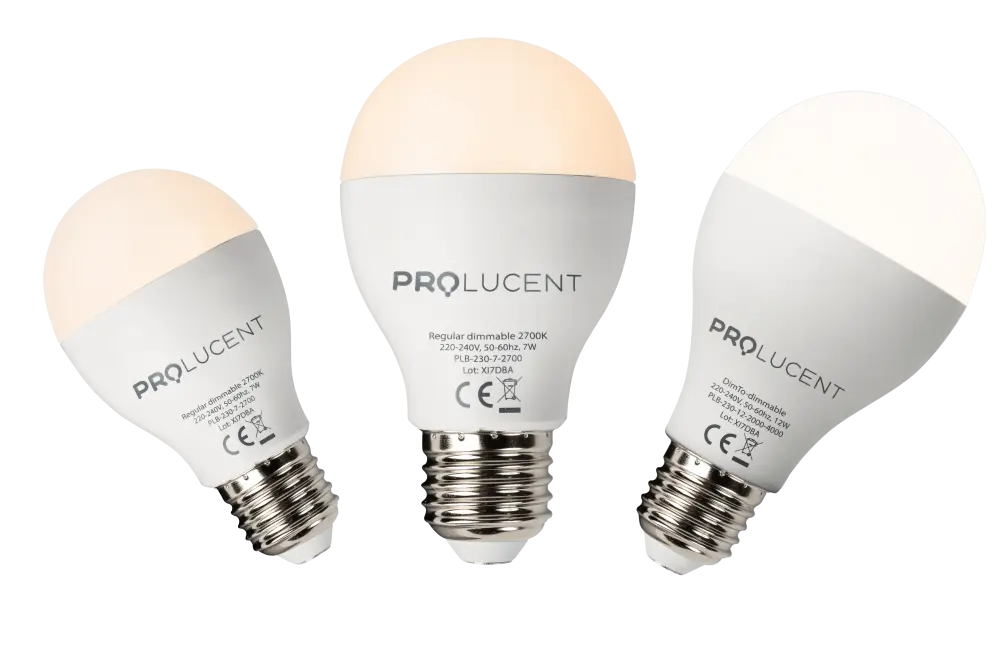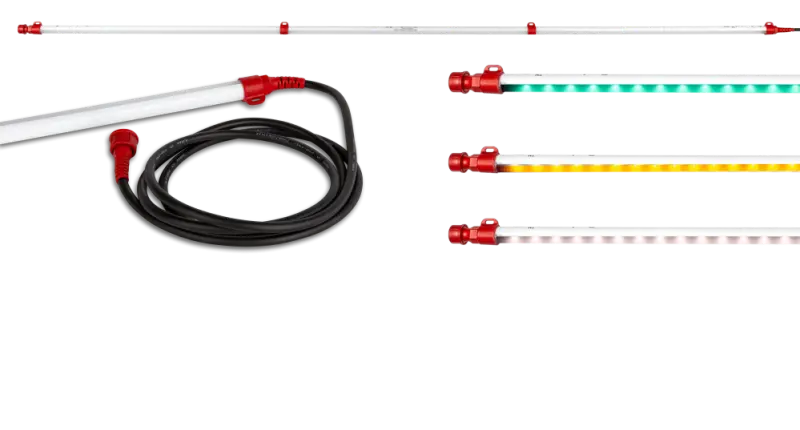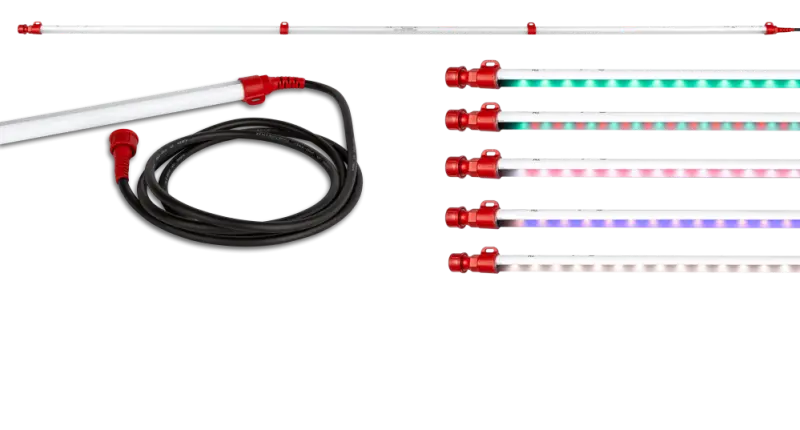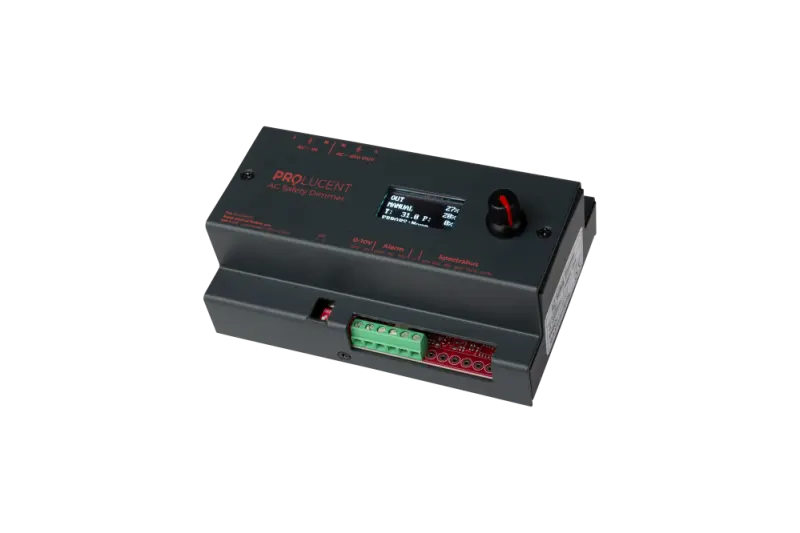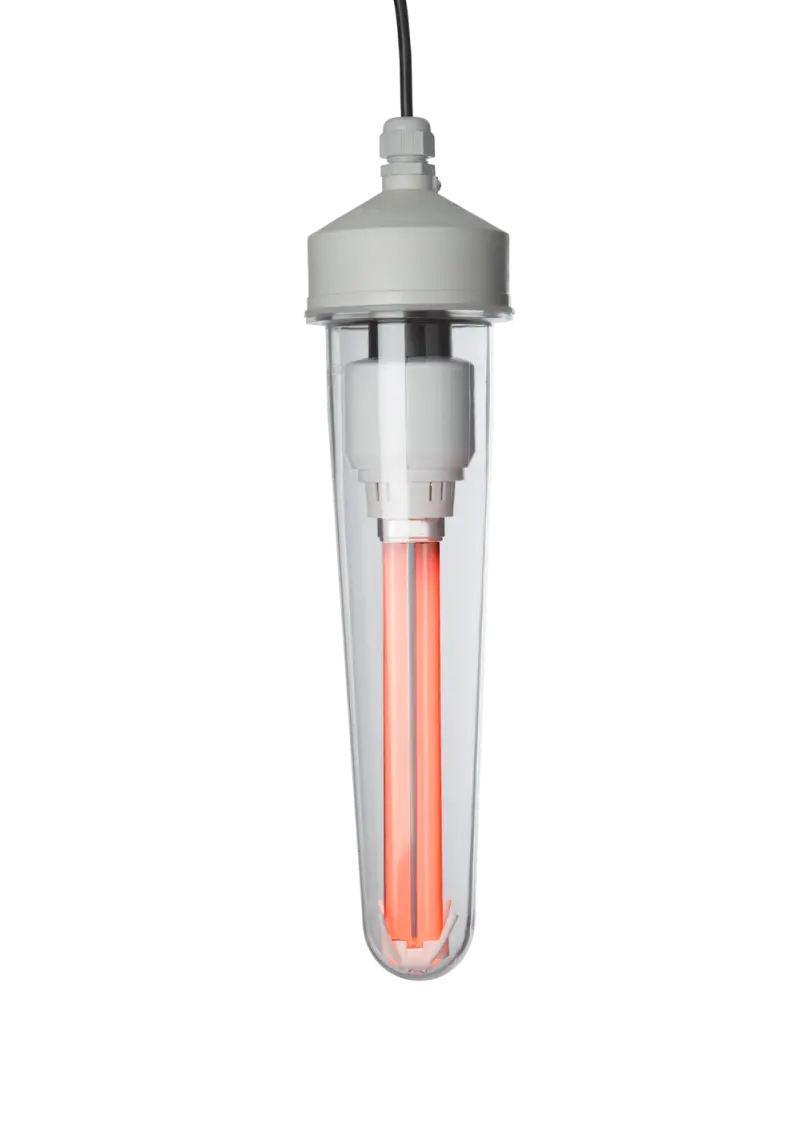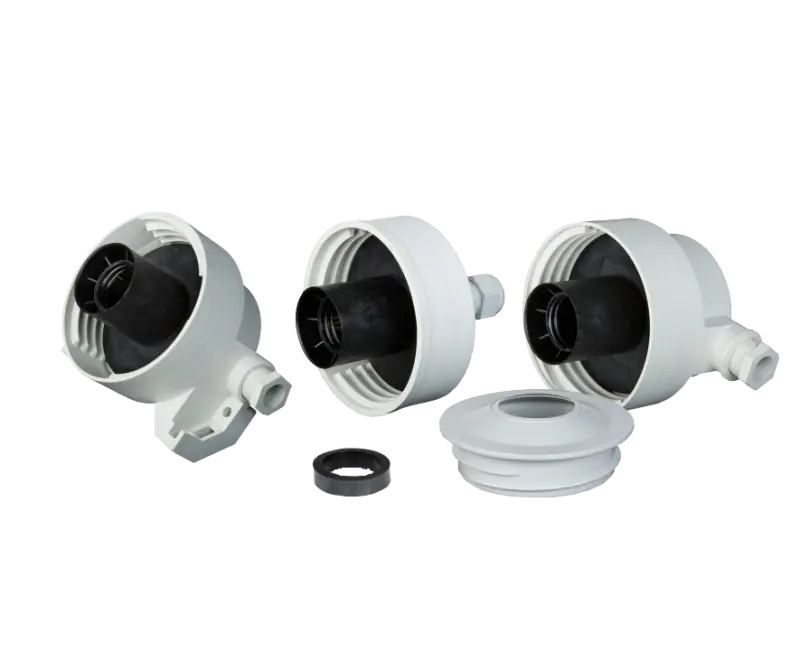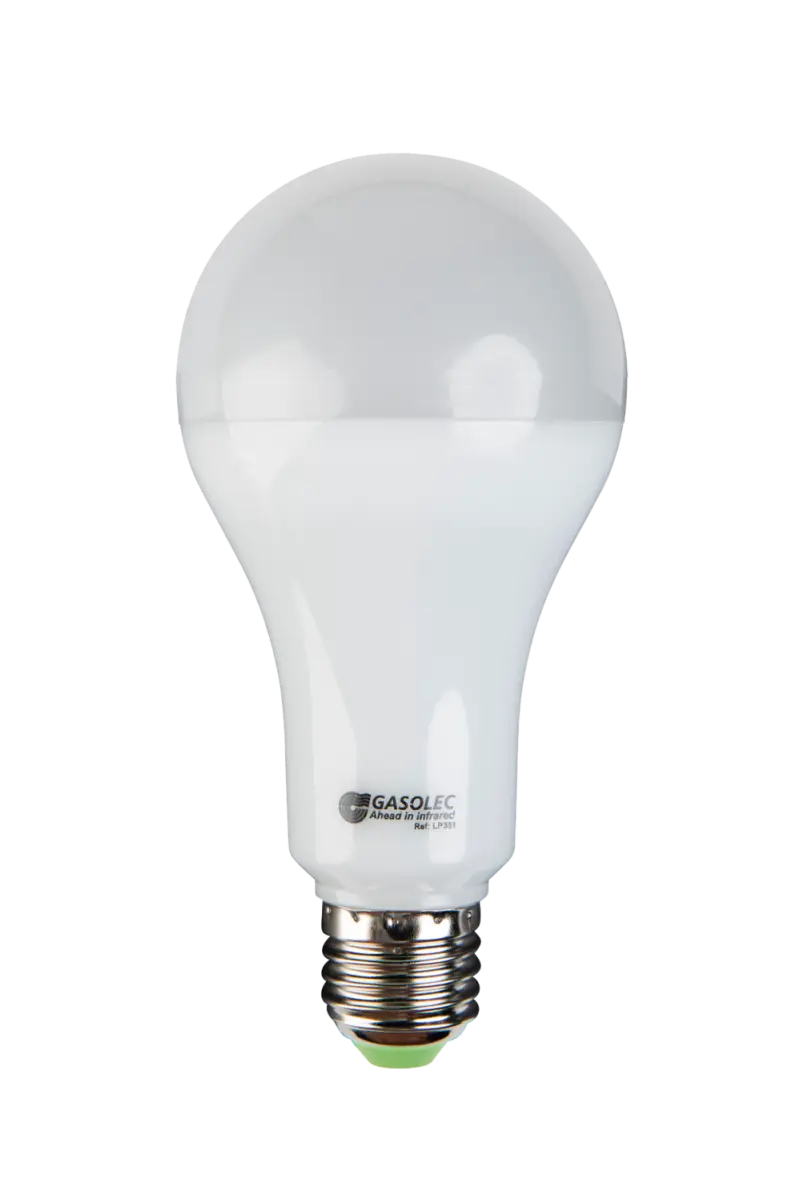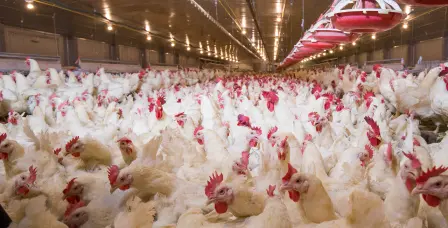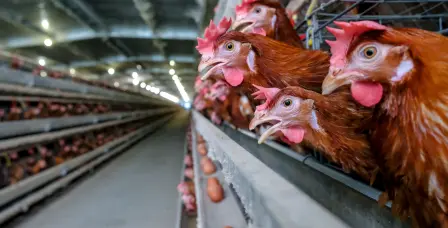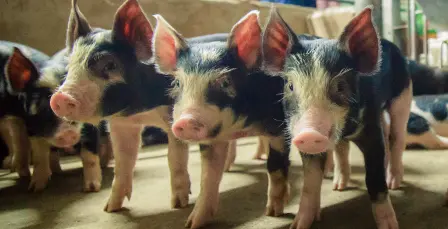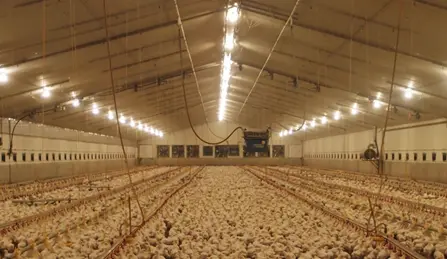aug 7 2023
Important factors to decide the correct Broiler Lighting System
The lighting system market for Broiler Houses is extensive. Manufacturers from all over the world are heavily competing with each other, mainly based on cheap pricing. Often, this is an important and/or decisive factor for farmers. Throughout the last decade, more farmers came to the conclusion that light has a significant impact on the health and growth rate of poultry. What are the most important things to consider when choosing the correct lighting system? Below, we dive deeper in this important but difficult question.
1. Which power input should I use? 110/230Vac or 48Vdc
In Europe, farmers are slowly moving to 48Vdc lighting systems. This is because of 2 important reasons.
- Insurance companies prefer or even demand 48 Vdc systems, due to fire hazards. When cables, for some reason are damaged, 230Vac could potentially create sparks. In dusty environments, this can lead to fire and in the worst-case scenario, eventually burn down an entire farm building. With 48Vdc it is not possible to create sparks and therefor less likely to cause a fire hazzard.
- Flicker free lighting systems are standard with 48 Vdc lighting systems. Generally, 230 Vac lamps generate light at 100 hertz, with lighting at frequencies up to 160 hertz the poultry can perceive flashes of lights. This means that chickens see this flickering every second of every hour of every day when the lamps are on. With 48Vdc systems, the lamps generate frequensies up to 2000 hertz or more.
230 Vac lighting systems were always the preferable option, because these systems were often cheaper compared to 48 Vdc systems. However, these days, investment costs are similar.
2. What is the correct colour output for my Broilers?
The perspective of light is completely different for poultry animals compared to human eyes. In the figure below, we can see that Poultry see a wider range of colours (nanometer) and that their eyes are also more sensitive.
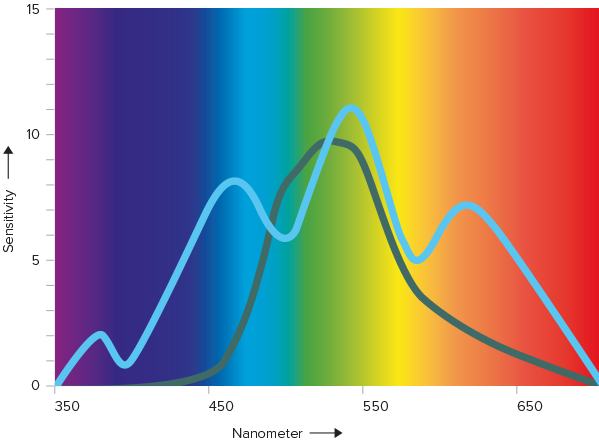
It is important to understand that the colour output of the lighting systems has a significant impact on the life and behavior of the animals. For example, blue (470 nm) is percieved 7.34 times as strong for poultry as for humans. If you have 30 Lux on the floor of blue (470 nm), poultry experience this as 220.2 Lux. However, green (540 nm) is percieved 0.99 times as strong for poultry as for humans. In this case, if you have 30 Lux on the floor of green (540 nm), poultry experience this similar as humans.
The number of Lux on the floor is only relative to the colour output of the lighting system. The most common colours used in poultry houses are Warm White (between 2700-3000K) or Normal/Cool White (between 3500-4000K). The preferred option depends on the type of Poultry houses.
Blue and Green light
Research on broilers has shown that blue and green LED lights enhance growth, and result in better body weights and uniformity compared to incandescent bulbs. At Gasolec, we offer combined Blue and Green LED lamps specially designed for Broiler.
.png)
Red light
In poultry, red light is vital for stimulating sexual maturity and egg production. Birds exposed to red light versus blue, green or white light consistently have higher egg production than the other color groups. Red light is able to penetrate the skull to stimulate the extra retinal photoreceptors. Red light (around 650 nm) penetrates the skull and brain (hypothalamus) four to 50 times more efficiently than blue, green and yellow-orange light (2). The hypothalmus is important in regulating the production of hormones important for egg production.
3. What is the correct Light intensity & light uniformity?
In the beginning of the 21st century, broiler houses often had an average light intensity of 20-25 Lux on the floor. This was considered more than enough for the chickens. Nowadays, we see an upwords trend. The light intesity has often an average of 35-40 Lux (or more) on the floor. The reasoning behind this, is that with more light intensity it is easier to control the behavior of the chicks. With high light intensity, chicks get more active and can find their food pens and drinking lines more easily. With a lower light intensity, animals calm down and can rest better. By adjusting the light intensity on a daily basis, we can optimize animal control.
Light uniformity is an important factor when installing the lighting system. We do not want to have dark spots. Broilers often go to these areas, and this creates overcrowding. Chicks should be able to have the same light intensity on the floor all over the building.
A good dimmable LED Bulb or Tube requires the right equipment to dim even with a suitable LED dimmer. This LED dimmer will have resistance built into the dimmer to ensure consistent performance when dimmed. LED lights maintain efficiency when dimmed to low levels of intensity, and may even increase the bulb life.
Note: the higher the light intensity, the easier it is for employees to clean the building. Dirty spots are more visible when there is more light in the building. Sometimes farmers install lighting systems with light intensities as high as 80 Lux, only to use this light intensity when the building is being cleaned.
4. Should I install LED bulbs or LED tubes systems?
LED bulbs are often used in buildings with existing E27 fixtures. In this case, only the Led bulbs and AC dimmer need to be replaced. The investment is low and replacement is often done in a matter of hours. Because the bulbs can be replaced more easily, replacements due to defective lamps can also be done within minutes. Another advantage of LED bulb lighting systems, is the fact that transportation to the farmer is cheaper, because the shipment is less bulky. In the end, we look at the complete investment costs, and transportation is therefor an important factor.
Do you have an existing E27 lighting system installed and do you want to replace these lamps? No problem, Gasolec B.V. can help you with your needs. Contact Gasolec B.V. for more information about our entire lighting program.
LED tubes are often used in new(er) buildings, especially when 48Vdc is preferred. The LED bulbs are IP67 Waterproof and flicker free. The LED tubes do not require fixtures and can be installed easily with a click-and-connect system. Light intensities and colour outputs are customizable.
Do you want to install a new lighting system with LED tubes for your Broiler House? Gasolec B.V. can help you with finding the right system for your application, lighting layout plans, quotations, and door-to-door delivery.
Both LED bulbs as LED tubes require different lighting layouts, simply because the beam angles are different. It's possible to have 3 rows of LED tubes in a 14m wide building, and 4 rows of LED bulbs. This is one of the reasons why you should always ask a profesional to help you with your lighting system layout.

